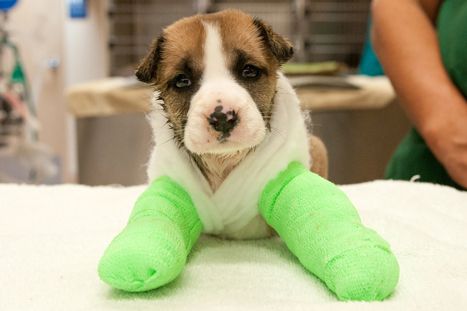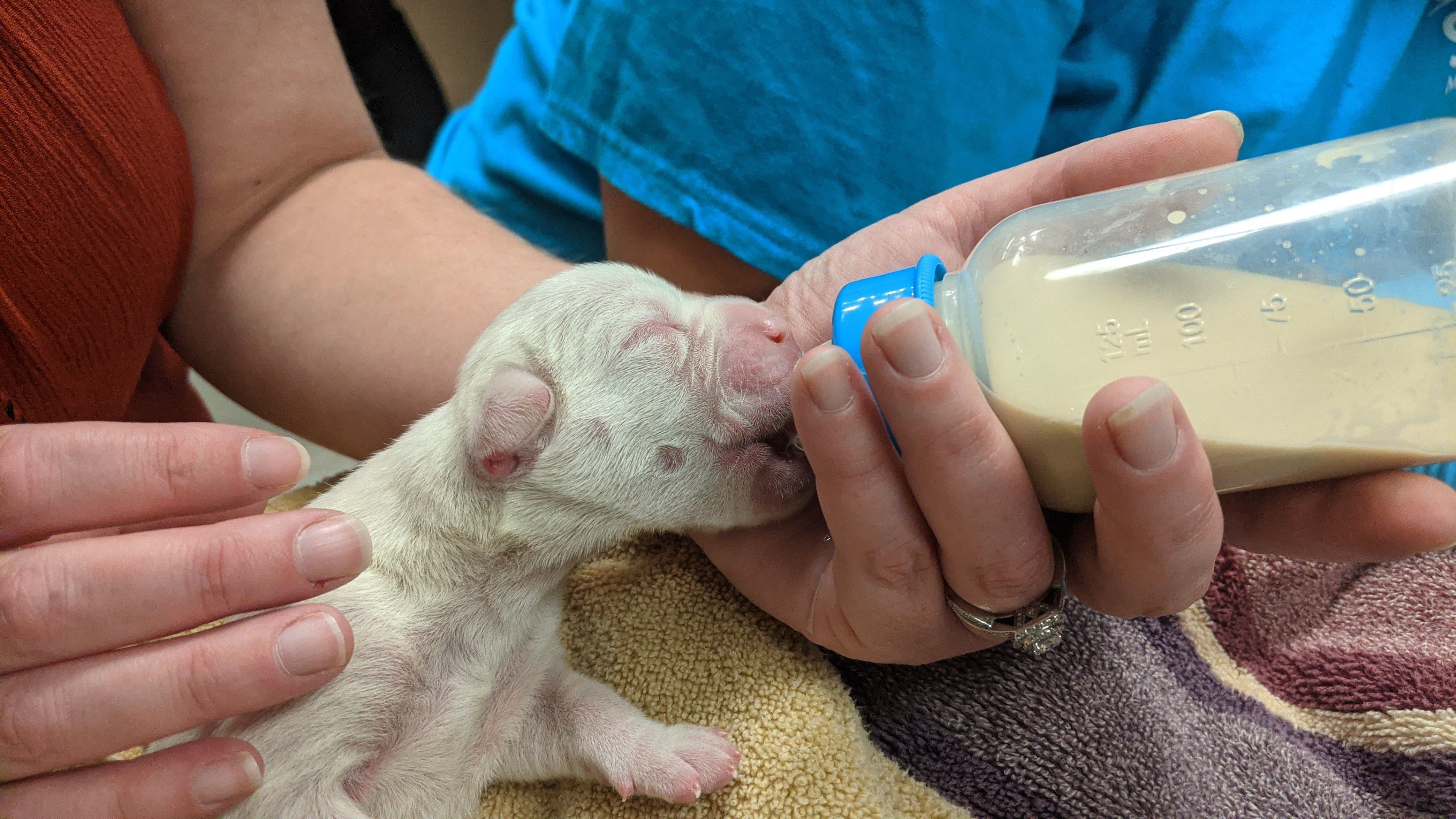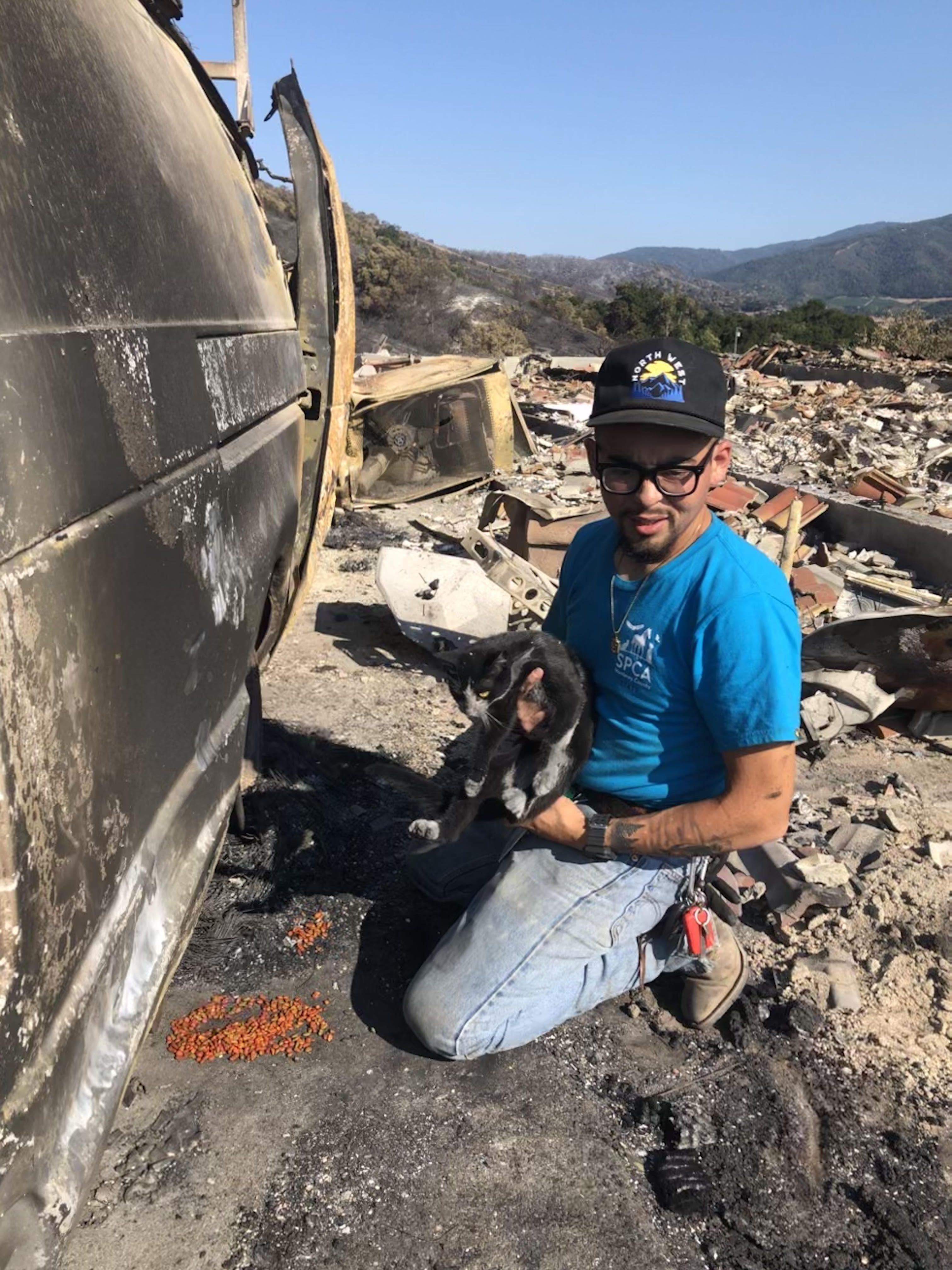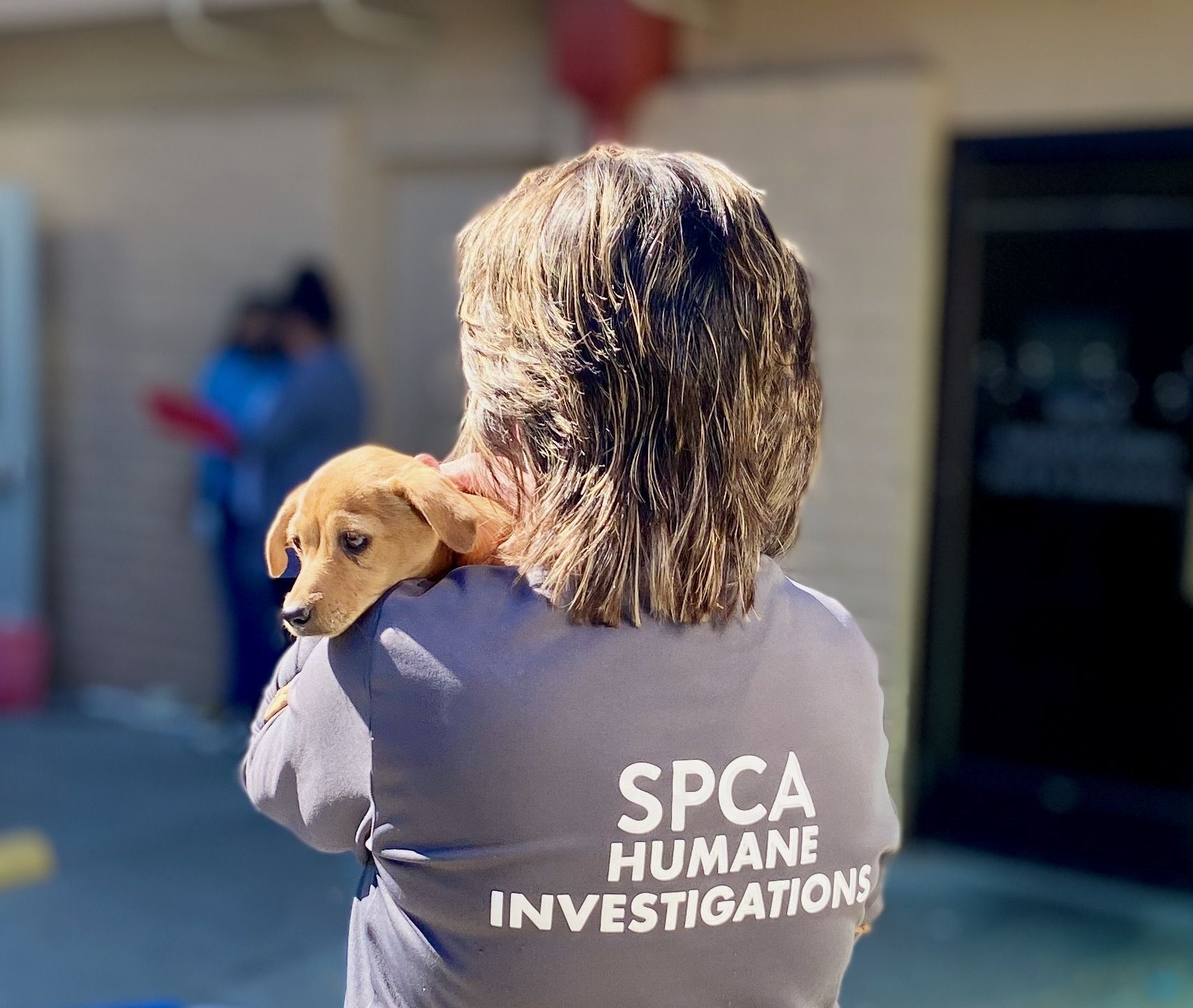Disaster Preparedness Checklist

DISASTER PREPAREDNESS KIT CHECKLIST

Please contact us if you would like to schedule a disaster preparedness presentation for your group. Click here to download this important information. Para leer ésta información en español, presione aquí.
- Pet first aid kit (available from SPCA Monterey County or the Red Cross).
Recommended items include:
- Pet First Aid Instructions
- Latex exam gloves
- Gauze Sponges (sterile and non-sterile)
- “Cling-type” bandage material
- Roll gauze
- 1” Adhesive Tape
- Non-stick sterile pad (i.e. “Telfa” pads)
- Tweezers
- Scissors
- Digital rectal thermometer
- Water-based sterile lubricant (i.e. “KY Jelly”)
- Hydrogen Peroxide (3%)
- Povidone Iodine solution (i.e. “Betadine”)
- Alcohol pads
- Triple antibiotic ointment (i.e. “Neosporin”)
- Sterile Saline Eye Flush
- Q-tips
- Nylon leash
- Muzzle
- Towels & blankets
- Kwik Stop
- Veterinary records (including vaccinations, microchip and license information, etc.)
- Medications
- SPCA Monterey County Guardian Angel information for each of your pets.
- Jiffy (temporary) ID Tags (used to ID your location if away from home).
- Spare leashes (dogs) & spare collars.
- Pet food can lids, food bowls, water bowls, manual can opener, utensils.
- Familiar toys and bedding.
- Full-body color photo(s) with owner included in the photo. Have multiple copies of this photo in your kit in the event your pet is lost.
- Small litter box, litter scoop (cats). No need to store kitty litter (soil or sand will work fine in an emergency).
- Evacsacs or pillowcases for cats and small pets such as rabbits.
- A current list of local pet-friendly hotels & motels (SPCA website maintains current listings.)
- Water (7 days worth per pet in addition to human water needs). Plan on 40 to 60 ml/kg/day (approximately 1 ounce per pound each day). Varies depending on weather, activity, and medical condition.
- Pet food (7 days worth — canned or pouches have the best shelf life).
- Print your own Emergency Pet Alert Card to carry in your wallet in case of an emergency.
ADDITIONAL INFORMATION FOR HORSES & LIVESTOCK
- Have enough feed and water (at least 12 to 20 gallons of water per day per horse) for at least one week. Plan ahead for power outages by having a generator for well water or alternative water sources.
- Permanently identify each horse by tattoo, microchip, brand, or photograph. In your records, include the horse’s age, sex, breed, and color. Keep copies of this information along with your horses’ Coggins, veterinary papers, and vital information in your “grab and go” evacuation kit.
- Keep halters ready for your horses. On each halter attach a tag with the horse’s name, your name, email address, your telephone number, and another emergency telephone number where someone can be reached. At the time of evacuation, consider additional temporary identification such as a leg band.
- Train animals in advance to be caught, handled, and loaded easily. Make arrangements in advance to have your horse trailered in case of an emergency. If you don’t have your own trailer or don’t have enough room in your trailer for horses, be sure you have several people on standby to help evacuate your horses.
- Know where you can take your horses in an emergency evacuation. When possible, make arrangements with a friend or another horse owner to stable your horses well beyond the region at risk. During emergencies, contact the SPCA for livestock evacuation center information.
- Share your evacuation plans with friends and neighbors. Post detailed instructions in several places—including the barn office or tack room, the horse trailer, and barn entrances—to ensure workers can see them in case you are not able to evacuate your horses yourself.
- Practice disaster training for your animals. Horses should be comfortable loading into trailers during times of stress. Dogs should have basic obedience training and be able to listen to you and respond to commands in an emergency. Cats and small animals should be comfortable being placed in, and traveling in, pet carriers.
- If given orders to evacuate, evacuate immediately. If you wait until the last minute to evacuate, emergency management officials may order you to leave your horses behind. In this case, your horses could be unattended for days without care, food, or water.


















